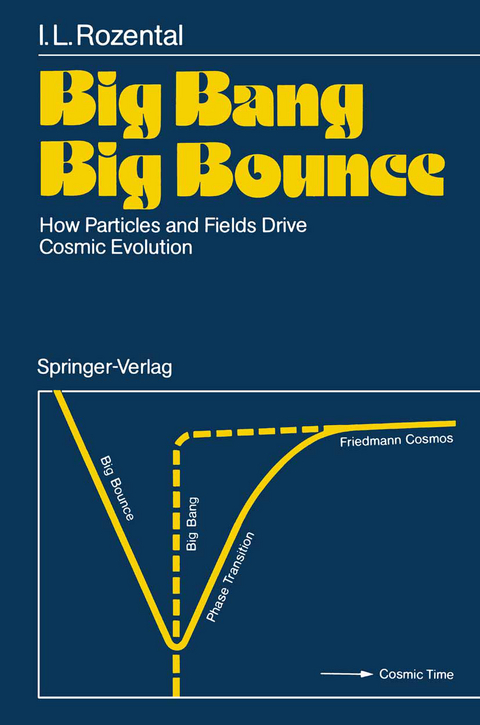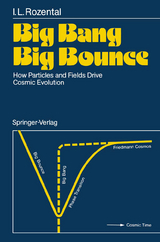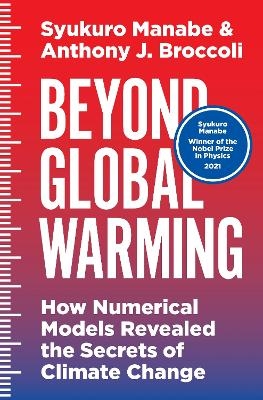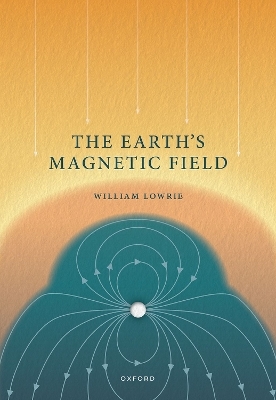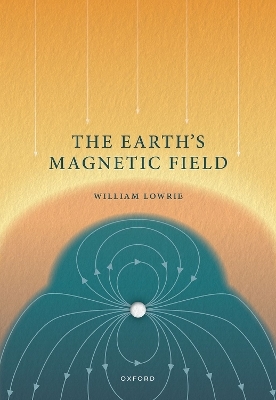Big Bang Big Bounce
Springer Berlin (Verlag)
978-3-540-17904-7 (ISBN)
1 Elementary Particles.- 1.1 Fundamental Interactions.- 1.2 Quantum Numbers of Elementary Particles.- 1.3 Basics of Classification of Elementary Particles.- 1.4 How Elementary Particles Interact.- 1.5 Unified Field Theories.- 1.6 Proton Decay.- 2 The Universe.- 2.1 A Bit of History.- 2.2 Friedmann's Model of the Universe.- 2.3 Evolution of the Universe: A Quantitative Analysis.- 2.4 The Universe: Open or Closed?.- 2.5 A Hot Universe.- 2.6 Baryonic Asymmetry of the Universe.- 2.7 Cosmologic Nucleosynethesis of Helium.- 2.8 The Origin of Galaxies.- 2.9 Stars.- 3 The Universe and the Elementary Particles.- 3.1 On the Relation between the Characteristic of Stars and of the Elementary Particles.- 3.2 Structure of the Universe and the Mass of the Elementary Particles.- 3.3 Structure of the Universe and the Fundamental Interaction Constants.- 3.4 The Dimension of Space.- 3.5 Structure of the Universe and Quantum Numbers of Elementary Particles.- 3.6 The Anthropic Principle.- 3.7 On the Numerical Values of the Fundamental Constants.- 3.8 Conclusion.- 4. The Beginning and End of the Metagalaxy.- 4.1 Updating our Knowledge of the Metagalaxy.- 4.2 Describing the Metagalaxy.- 4.3 The Universality of the Physical Laws.- 4.4 The Very Beginning.- 4.5 Models of the Metagalaxy.- 4.6 The Friedmann Model.- 4.7 The Physical Vacuum.- 4.8 The de Sitter Model: The Beginning of the Metagalaxy.- 4.9 The Structure of the Metagalaxy and the Fundamental Constants.- 4.10 The Metagalaxy as a Fluctuation.- 4.11 The Anthropic Principle.- 4.12 The Birth of the Metagalaxy and of Metagalaxies.- 4.13 Future of the Metagalaxy.
| Erscheint lt. Verlag | 22.1.1988 |
|---|---|
| Übersetzer | Juri Estrin |
| Zusatzinfo | XII, 129 p. 1 illus. |
| Verlagsort | Berlin |
| Sprache | englisch |
| Maße | 155 x 235 mm |
| Gewicht | 246 g |
| Themenwelt | Naturwissenschaften ► Geowissenschaften ► Geophysik |
| Naturwissenschaften ► Physik / Astronomie ► Astronomie / Astrophysik | |
| Naturwissenschaften ► Physik / Astronomie ► Hochenergiephysik / Teilchenphysik | |
| Schlagworte | Baryon • Big Bounce • Cosmology • Early Universe • Elementarteilchen • Evolution • Fields • Galaxies • Galaxy • Gravitation • Gravity • Isospin • Kosmologie • Particle physics • Planet • Star • strangeness |
| ISBN-10 | 3-540-17904-6 / 3540179046 |
| ISBN-13 | 978-3-540-17904-7 / 9783540179047 |
| Zustand | Neuware |
| Haben Sie eine Frage zum Produkt? |
aus dem Bereich
